Using isothermal calorimetry to assess the water absorbed by fine LWA during mixing. http://dx.doi.org/10.1061/(ASCE)MT.1943-5533.0000496
Revista : Journal of Materials in Civil EngineeringVolumen : 24
Número : 8
Páginas : 996-1005
Tipo de publicación : ISI Ir a publicación
Abstract
Fine lightweight aggregate (LWA) is being increasingly used for the manufacture of internally cured concrete. Internally cured concrete can be viewed as a concrete that contains fluid (water) in the pores of the LWA (or other porous inclusions) that can be released to the paste after setting. The majority of research performed on internally cured concrete assumes the LWA has been pre-wetted for some time before mixing (generally lab studies use 24 hour soaking while this value varies in practice). The research described in this paper investigated the potential for using aggregate that begins the mixing process from a different moisture states (i.e., not 24 hour pre-wetting). Specifically, this paper considers oven-dry aggregate as a worst case scenario to determine how much water would be absorbed by the LWA during the mixing and placement processes. To determine the amount of water absorbed by the LWA, isothermal calorimetry was used. Two different mixing scenarios were investigated showing that between 56% and 71% of the 24 hour water absorption could be achieved using the worst case scenario of oven dry aggregates. While the use of oven dry aggregate would be extremely rare for a field application (except for possible application to bagged products); this approach could be extended to include fine LWA with other initial moisture conditions as well.




 English
English
